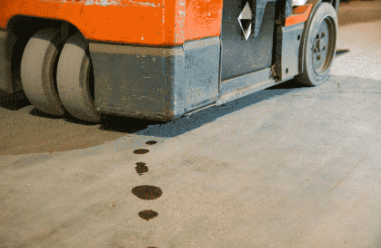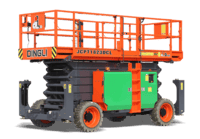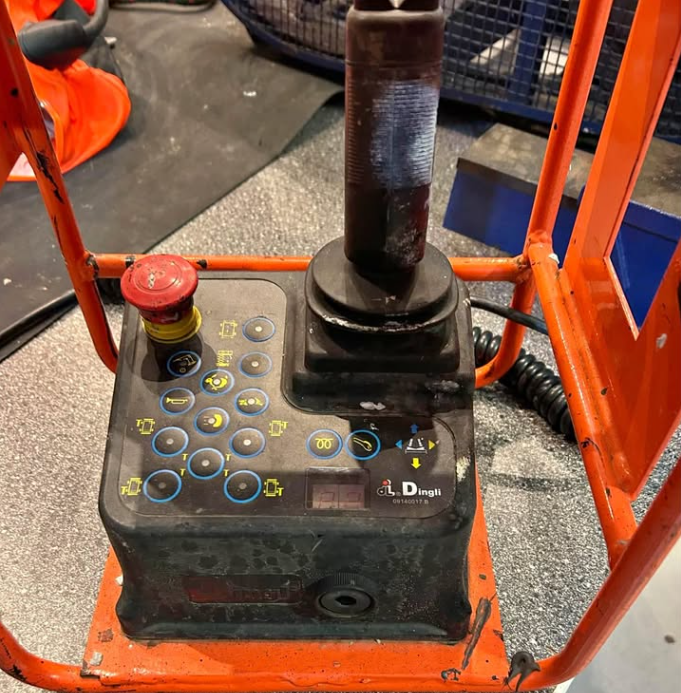January 23,2025
Top 3 Scissor Lift Problems You Can’t Ignore – And How to Fix Them Fast!

Scissor lifts are indispensable for many industries including construction, manufacturing, and maintenance, providing safe and efficient access to elevated work areas. However, like all machinery, they can encounter issues that disrupt operations. In this blog post, we’ll explore five common scissor lift problems, their impacts, practical solutions, step-by-step implementation, expected outcomes, and tips for preventing future issues.
1. Hydraulic System Leaks

Problem Definition: Hydraulic scissor lifts operate efficiently on a sealed system. Leaks in this system can decrease performance and potentially pose safety hazards.
Impact Analysis:
- Reduced lifting capacity
- Operational delays
- Increased risk of accidents due to unexpected movements
Solution Options:
- Identify and replace damaged hoses or seals
- Ensure proper hydraulic fluid levels
- Consult with scissor lift manufacturers for specific repair guidelines
Implementation Steps:
- Inspect the hydraulic system for visible leaks
- Replace faulty components
- Refill hydraulic fluid to the recommended level
- Test the lift to confirm the issue is resolved
Results Expected:
- Restored lifting performance
- Enhanced safety during operations
Prevention Tips:
- Conduct regular maintenance checks
- Use manufacturer-recommended hydraulic fluids
- Train operators to recognize early signs of hydraulic issues
2. Battery Failure in Electric Scissor Lifts

Problem Definition: Electric scissor lifts depend on batteries for power. Battery failures can render the lift inoperable.
Impact Analysis:
- Downtime and project delays
- Potential financial losses due to halted work
Solution Options:
- Replace old or faulty batteries
- Implement a battery maintenance program
Implementation Steps:
- Test battery voltage and performance
- Replace batteries that fail to meet performance standards
- Establish a regular charging and maintenance schedule
Results Expected:
- Improved lift reliability
- Extended battery lifespan
Prevention Tips:
- Regularly inspect and clean battery terminals
- Avoid deep discharging of batteries
- Store batteries in a controlled environment when not in use
3. Malfunctioning Control Panels

Problem Definition: Faulty control panels can lead to unresponsive or erratic lift operations.
Impact Analysis:
- Compromised operator safety
- Inability to perform tasks at height
Solution Options:
- Repair or replace defective control components
- Ensure control panels are free from moisture and debris
Implementation Steps:
- Diagnose the control panel to identify issues
- Replace or repair faulty components
- Test the control panel to ensure proper functionality
Results Expected:
- Restored control over lift operations
- Increased operator confidence and safety
Prevention Tips:
- Keep control panels clean and dry
- Conduct regular functional tests
- Train operators on the proper use of controls
In conclusion, while scissor lifts are invaluable assets in various industries, addressing and preventing common problems is key to maintaining their efficiency and safety. By understanding the root causes of these issues, implementing the suggested solutions, and adopting proactive maintenance practices, you can minimize downtime, reduce repair costs, and ensure optimal performance.
Remember, a well-maintained scissor lift not only enhances productivity but also safeguards your team. Stay proactive, stay safe, and keep your operations running smoothly!
Commonly Asked Questions:
What is a Scissor Lift Used For?
How do you maintain a scissor lift?
Why Mtandt’s Scissor Lifts Are the Best Choice for Your Needs?